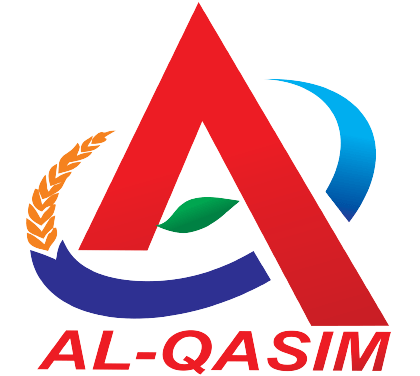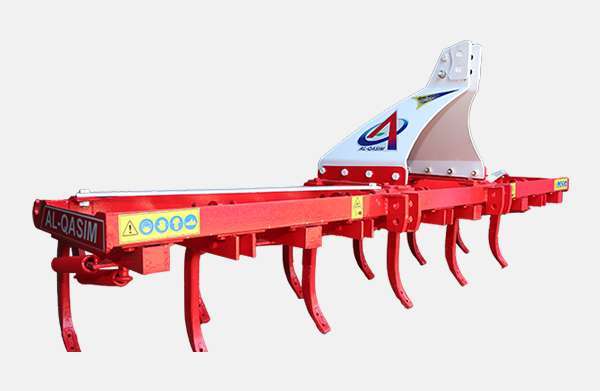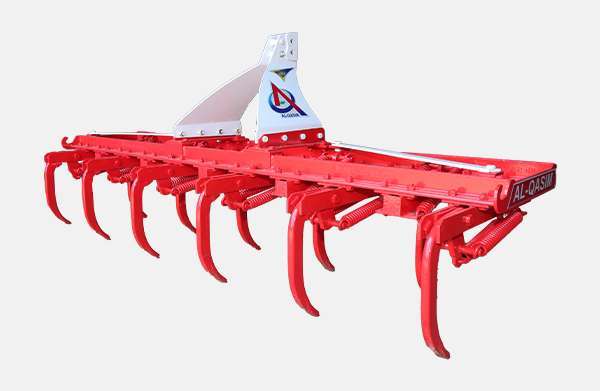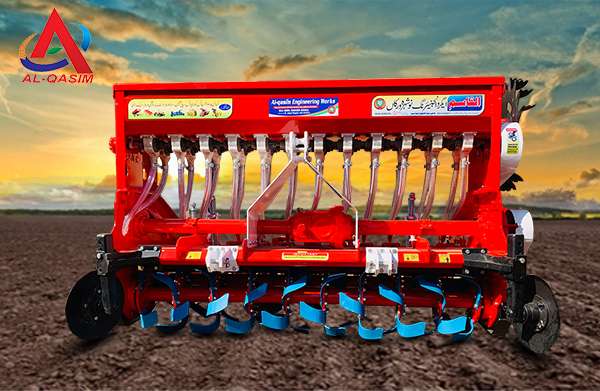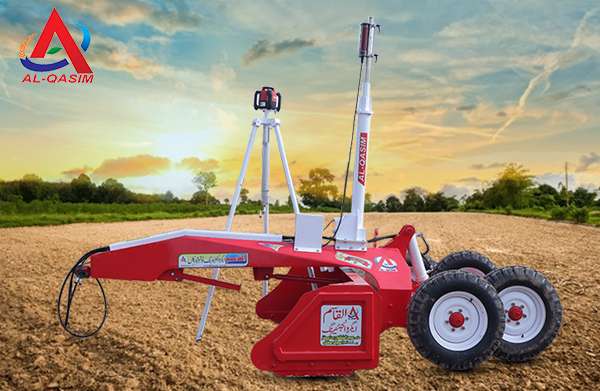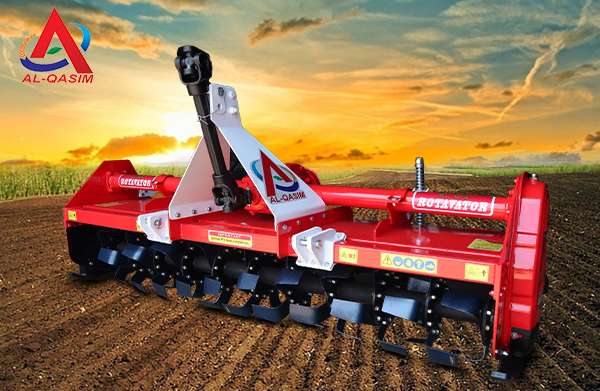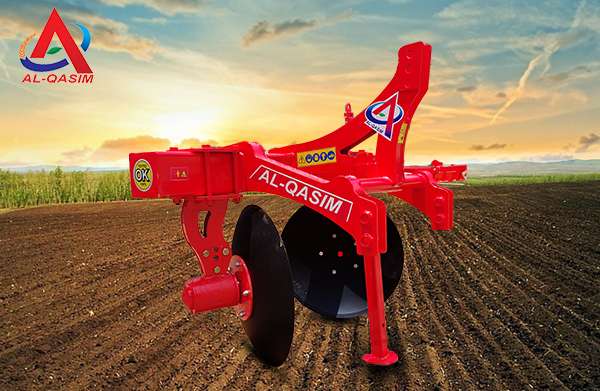Features & benefits
- Suitable for use in stone and root obstructed soil.
- Used for loosening and aerating soil to a depth of 9 inches.
- Ideal for general cultivating, weeding, pasture renovating, and preparing seedbeds.
- The spring-loaded tines swing back under break away pressure, pass over the obstruction and return to the working position without affecting the working depth of the implement.
- Economically suitable and easy to control by sitting on tractor’s seat.
